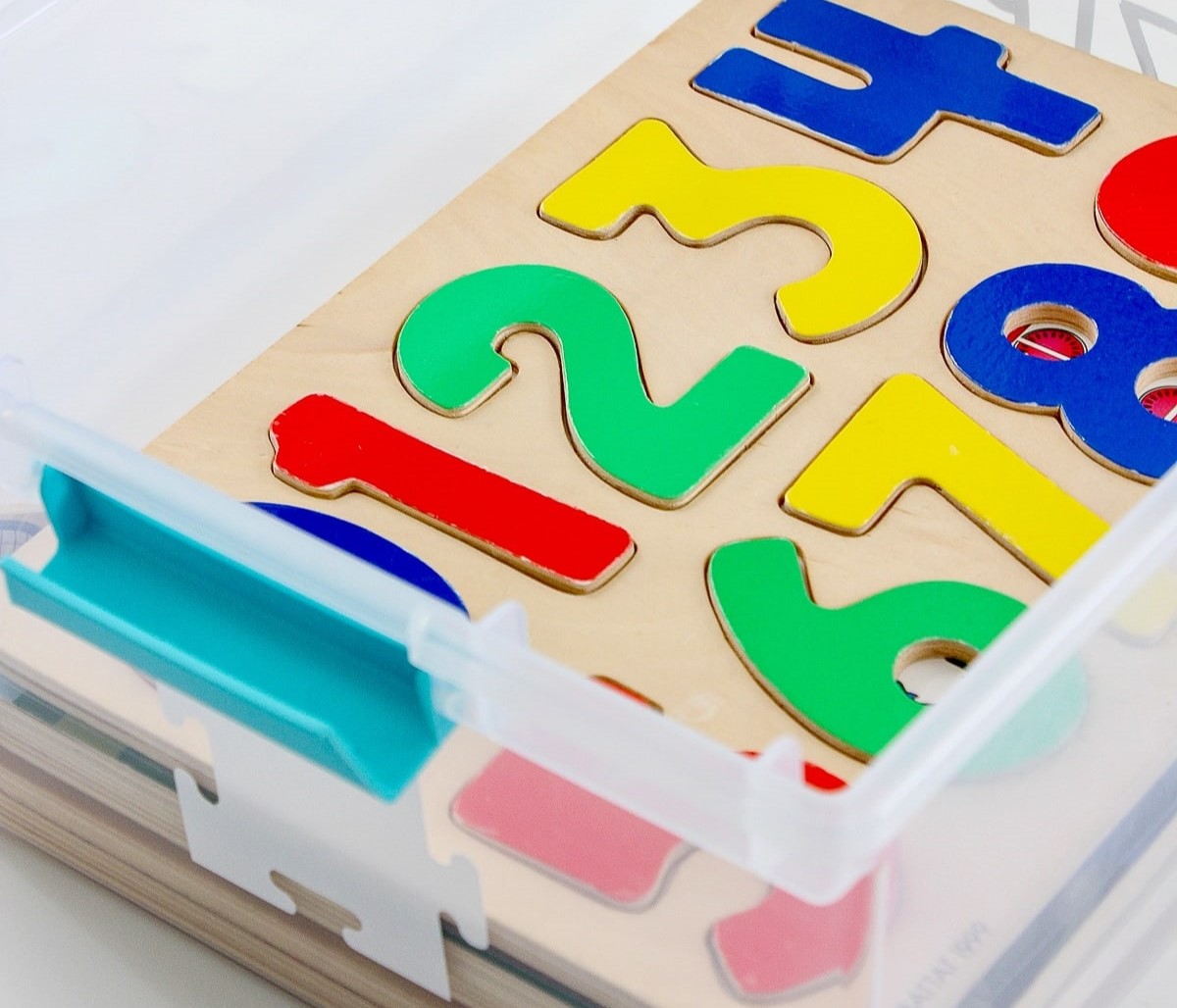

Articles
How To Store Wooden Puzzles
Modified: March 2, 2024
Learn the best way to store wooden puzzles with these helpful articles. Keep your puzzles organized and protected for years of enjoyment.
(Many of the links in this article redirect to a specific reviewed product. Your purchase of these products through affiliate links helps to generate commission for Storables.com, at no extra cost. Learn more)
Introduction
Wooden puzzles are not just a source of entertainment, they are also works of art that require proper care and storage. Whether you’re a puzzle enthusiast or have a treasured wooden puzzle collection, knowing how to store them correctly is essential to ensure their longevity and preserve their aesthetic appeal.
In this article, we will discuss the importance of proper storage for wooden puzzles and provide tips and guidelines to help you choose the right storage options. We will also delve into the best practices for protecting wooden puzzles from moisture, avoiding damage from sunlight and heat, and offer organizational tips for efficient storage. Additionally, we will explore cleaning and maintenance techniques and provide insights on storing puzzles of different sizes and those with special features.
By following these storage recommendations, you can extend the lifespan of your wooden puzzles and ensure that they remain in pristine condition for years to come.
Key Takeaways:
- Proper storage of wooden puzzles is essential to maintain their integrity, prevent damage from moisture and sunlight, and facilitate organization. Choose suitable storage options and follow best practices for cleaning and maintenance to ensure your puzzles remain in pristine condition.
- Organize your wooden puzzle collection with care, using labels, dividers, and inventory systems to keep track of your puzzles. Protect them from moisture, sunlight, and damage, and handle puzzles with special features with extra caution to ensure they remain ready for enjoyment.
Read more: How To Store Puzzle
Why Proper Storage is Important
Proper storage of wooden puzzles is crucial for several reasons. Firstly, it helps to preserve the integrity of the puzzle pieces and prevent any damage that could affect their ability to fit together properly. Wooden puzzles often have intricate designs and interlocking pieces, and if they are not stored correctly, there is a risk of warping, bending, or breakage, which can render the puzzle unusable.
Secondly, proper storage helps to maintain the aesthetic appeal of the puzzle. Wood is a natural material that can be susceptible to damage from environmental factors such as moisture, sunlight, and heat. If exposed to these elements for prolonged periods, the wooden puzzle may fade in color, lose its finish, or even develop mold or mildew. By storing the puzzle in the right conditions, you can prevent these issues and keep the puzzle looking as good as new.
Furthermore, proper storage is essential for organizational purposes. When you have a collection of wooden puzzles, it can be challenging to keep track of them if they are not stored in an organized manner. By having a designated storage system, you can easily locate and access the puzzle you want to work on without the frustration of searching through a jumbled mess.
Last but not least, storing your wooden puzzles correctly also helps to protect them from dust, dirt, and other debris that can accumulate over time. Regular exposure to these particles can dull the appearance of the puzzle and make it less enjoyable to work with. By keeping them in a clean and dust-free environment, you can ensure that your puzzles are always ready for use.
In summary, proper storage of wooden puzzles is important to maintain the quality and longevity of the puzzle pieces, preserve their aesthetic appeal, facilitate organization, and protect them from dust and debris. With the right storage techniques, you can safeguard your wooden puzzles and ensure that they continue to bring joy and entertainment for years to come.
Choosing the Right Storage Options
When it comes to storing wooden puzzles, there are several options to consider. The choice you make will depend on factors such as the size of your collection, available space, and personal preferences. Here are some storage options to consider:
- Puzzle Boxes: Puzzle boxes are a popular choice for storing wooden puzzles. These boxes are specifically designed to keep puzzles organized and protected. They usually come with separate compartments or trays to hold the puzzle pieces securely. Puzzle boxes are available in various sizes to accommodate different puzzle dimensions.
- Puzzle Roll-Ups: Puzzle roll-ups are a convenient storage solution, especially if you have limited space. These are portable mats that allow you to roll up your completed or partially completed puzzle without losing any pieces. Puzzle roll-ups often come with a tube or elastic straps to keep the rolled-up puzzle secure.
- Puzzle organizers: Puzzle organizers are storage systems that include trays or boards with sorting compartments. These are ideal for larger puzzle collections as they provide a dedicated space for each puzzle and help you keep track of the pieces more easily. Puzzle organizers can be stacked or stored in shelves or cabinets.
- Shelves or Cabinets: If you have a sizable puzzle collection, shelves or cabinets can be a practical storage option. These furniture pieces provide ample space to display and store puzzles of various sizes. Adjustable shelves allow for customization according to puzzle dimensions.
- Ziplock Bags: When storing smaller wooden puzzles or individual puzzle pieces, ziplock bags can be a simple and cost-effective option. Make sure to choose sturdy bags and label them appropriately to easily identify the puzzle contents.
When selecting a storage option, consider the protection it provides against dust, moisture, and sunlight. Additionally, ensure that the storage solution allows for easy access and keeps the puzzle pieces secure. Remember to take into account the size of your puzzle collection and the available space in your home to select the most suitable storage option.
By choosing the right storage option, you can keep your wooden puzzles well-organized, protected, and easily accessible whenever you’re in the mood to enjoy them.
Protecting Wooden Puzzles from Moisture
Moisture is one of the biggest threats to wooden puzzles as it can cause the wood to warp, swell, or even develop mold or mildew. Protecting your puzzles from moisture is essential for their longevity and preservation. Here are some tips to safeguard your wooden puzzles:
- Choose a dry storage location: Select a storage area that is dry and free from excessive humidity. Avoid storing puzzles in basements or areas prone to moisture, as these conditions can increase the risk of damage. A climate-controlled room or a dry closet is an ideal choice.
- Use moisture absorbers: To prevent moisture buildup in the storage area, consider using moisture absorbers such as silica gel packets or dehumidifiers. These can help to maintain the humidity levels and protect your puzzles from excess moisture.
- Wrap puzzles in moisture-resistant material: If you live in an area with high humidity levels or are concerned about moisture exposure, consider wrapping individual puzzles or puzzle boxes in plastic wrap or moisture-resistant bags. This provides an extra layer of protection against moisture infiltration.
- Avoid direct contact with water: Ensure that your wooden puzzles are kept away from any water sources or areas where they may come into contact with liquids. Water can seep into the wood and cause irreversible damage, so it’s crucial to be vigilant and keep your puzzles dry at all times.
In addition to these preventive measures, it’s also essential to regularly inspect your wooden puzzles for any signs of moisture damage. Look for any warping, discoloration, or musty odors, as these may indicate moisture-related issues. If you notice any damage, take the necessary steps to address it promptly and prevent further deterioration.
By following these moisture protection tips, you can safeguard your wooden puzzles and ensure that they remain in pristine condition for years to come, free from the detrimental effects of moisture.
Avoiding Sunlight and Heat Damage
Sunlight and heat can have detrimental effects on wooden puzzles, causing them to fade, dry out, or even crack. To protect your puzzles from sunlight and heat damage, consider the following tips:
- Keep puzzles away from direct sunlight: Direct sunlight can cause the wood to fade and lose its original color. Avoid storing puzzles near windows or anywhere exposed to direct sunlight. If you display your puzzles, choose a location away from intense sunlight or use curtains or blinds to filter the sunlight.
- Use UV-protective coatings: If you have a particularly valuable or cherished wooden puzzle, consider applying a UV-protective coating to the surface. These coatings can help reduce the impact of UV rays and minimize the risk of fading or discoloration.
- Store puzzles in a cool environment: High temperatures can cause the wood to dry out, leading to potential cracking or warping. Store your wooden puzzles in a cool environment, away from direct sources of heat such as radiators or heating vents. Maintaining a stable temperature helps to prevent heat-related damage.
- Avoid drastic temperature changes: Rapid changes in temperature can be harmful to wooden puzzles. Avoid placing puzzles in areas with extreme temperature fluctuations, such as attics, garages, or unconditioned storage spaces. These fluctuations can cause the wood to expand and contract, leading to damage over time.
Remember that prevention is key when it comes to protecting your puzzles from sunlight and heat damage. By implementing these measures, you can ensure that your wooden puzzles retain their original beauty and quality for years to come.
Store wooden puzzles in a dry, cool place to prevent warping. Keep them in a sturdy container or bag to protect the pieces and store them flat to avoid bending.
Read more: How To Store Toddler Puzzles
Organizational Tips for Storing Wooden Puzzles
Storing your wooden puzzles in an organized manner not only helps protect them but also makes it easier to locate and enjoy them. Here are some organizational tips to consider:
- Categorize puzzles by theme or difficulty: Sort your puzzles into categories based on their themes (e.g., nature, animals, landmarks) or difficulty levels. This helps you easily find puzzles that match your preferences or skill level when you’re in the mood to solve them.
- Use labeling or color-coding: Labeling or color-coding puzzle boxes or storage containers can be a helpful way to identify the contents quickly. Use sticky notes, tags, or colored stickers to mark each puzzle based on its category or difficulty. This makes it easier to spot the puzzle you want without having to go through each box.
- Create a puzzle inventory: Keep track of your puzzle collection by creating an inventory. You can make a list or use a digital spreadsheet to record the details of each puzzle, such as the title, size, number of pieces, and where it’s stored. This allows you to have an overview of your collection and quickly locate specific puzzles.
- Invest in storage solutions with dividers: Look for puzzle storage containers or boxes that come with dividers or compartments. This helps keep the puzzle pieces organized and prevents them from getting mixed up. You can assign separate sections for edge pieces, corners, or specific puzzle areas to expedite the assembly process.
In addition to these organizational tips, it’s also essential to keep your storage area clean and clutter-free. Regularly dust the shelves, cabinets, or storage containers to prevent dust accumulation on your puzzles. Consider using storage solutions that effectively protect against dust and debris.
By implementing these organizational tips, you can maintain a neatly organized collection of wooden puzzles, making it enjoyable and convenient to select and work on puzzles whenever you’re in the mood.
Cleaning and Maintenance of Wooden Puzzles
Proper cleaning and maintenance of your wooden puzzles are essential to keep them in optimal condition and ensure their longevity. Here are some tips to help you maintain and clean your wooden puzzles:
- Handle puzzles with clean hands: Before working on a wooden puzzle, make sure your hands are clean and free from oils or lotions. Oils and residue from your hands can transfer onto the puzzle pieces, potentially causing damage over time.
- Use a soft, lint-free cloth: To remove dust and debris from the surface of the puzzle, gently wipe it with a soft, lint-free cloth. Avoid using paper towels or abrasive materials as they can scratch the wood. Microfiber cloths or cotton cloths are good options.
- Avoid using water or harsh cleaning agents: Wooden puzzles should never be submerged in water or cleaned with harsh chemicals. Moisture can damage the wood, and chemicals can strip off the finish or cause discoloration. Stick to dry cleaning methods to keep your puzzles safe.
- Address sticky residue: If you encounter sticky residue on your puzzle, use a mild solvent or adhesive remover specifically designed for wood. Apply a small amount on a cloth and gently rub the affected area. Be sure to follow the manufacturer’s instructions and test the solvent in an inconspicuous area first.
- Regularly inspect and repair: Periodically inspect your wooden puzzles for any signs of damage, such as loose pieces, chips, or cracks. If you notice any issues, take the necessary steps to repair them promptly. Gluing loose pieces back together or using wood filler for minor damage can help restore the puzzle’s integrity.
- Store puzzles in protective containers: When not in use, keep your wooden puzzles stored in protective containers or puzzle boxes to prevent dust and debris from accumulating on the surfaces. This also helps to safeguard the puzzles from accidental damage and keeps them organized.
Remember, it’s important to handle wooden puzzles with care and follow the recommended cleaning and maintenance practices to ensure their longevity. By incorporating these habits into your puzzle care routine, you can enjoy your wooden puzzles for years to come.
Best Practices for Storing Different Puzzle Sizes
When it comes to storing wooden puzzles, it’s important to consider their different sizes and dimensions to ensure they are stored properly without any damage. Here are some best practices for storing puzzles of various sizes:
- Small puzzles: For smaller puzzles, such as those with 100 pieces or less, using ziplock bags or small plastic containers can be an effective storage solution. Place the puzzle pieces in the bag or container and seal it securely to prevent any pieces from getting lost. Make sure to label the bag or container to easily identify the puzzle inside.
- Medium-sized puzzles: Puzzle boxes specifically designed for medium-sized puzzles are a great option for storage. These boxes typically have compartments or trays to keep the puzzle pieces organized and secure. Make sure to choose a box that fits the dimensions of your puzzle to prevent any movement or shifting of pieces during storage.
- Large puzzles: Large puzzles such as those with 500 pieces or more require more space and sturdy storage solutions. Puzzle roll-ups or puzzle organizers with larger compartments are ideal for these puzzles. Consider investing in a puzzle storage system that can accommodate the size of the puzzle, keeping the pieces organized and protected.
- Oversized puzzles: Oversized puzzles, which are typically larger than 1000 pieces and have non-standard dimensions, require specialized storage options. In this case, consider using a large flat surface, such as a puzzle mat or foam board, to store and transport the puzzle. Cover it with a protective layer or a puzzle-specific roll-up mat to keep the pieces from shifting or getting damaged.
Regardless of the puzzle size, it’s crucial to store them in a clean and dust-free environment. Avoid placing puzzles near areas where they can be easily knocked over or damaged, such as near high-traffic areas or where children or pets have access.
By following these best practices for storing different puzzle sizes, you can ensure that your puzzles remain organized, protected, and ready for you to enjoy at any time.
Storing Wooden Puzzles with Special Features
Wooden puzzles with special features, such as 3D puzzles or puzzles with movable parts, require extra care and consideration when it comes to storage. Here are some tips for storing wooden puzzles with special features:
- Disassemble carefully: If the puzzle has movable parts or is a 3D puzzle that can be disassembled, take care when disassembling it for storage. Follow the manufacturer’s instructions and disassemble the puzzle gently to avoid any damage to the pieces or mechanisms.
- Keep all components together: Some special feature puzzles may have additional pieces or accessories that are integral to the puzzle. Make sure to keep all these components together in a separate container or bag and store it alongside the puzzle. This ensures that all the necessary parts are easily accessible when you want to assemble the puzzle.
- Protect fragile or delicate parts: If the puzzle has fragile or delicate parts, such as intricate 3D elements or small moving pieces, take extra precautions to protect them during storage. Consider wrapping them in bubble wrap or soft cloth to prevent any breakage or damage.
- Use storage containers with compartments: Opt for storage containers or boxes with compartments or dividers to keep the puzzle pieces organized and prevent them from moving around or getting mixed up. Make sure the compartments are the right size and shape to accommodate the unique features of the puzzle.
- Consider display options: Some special feature puzzles are designed to be displayed rather than disassembled and stored. If you have puzzles that fall into this category, invest in display cases or shelving specifically designed to showcase these puzzles. Displaying them not only keeps them safe but also allows you to appreciate their unique features even when they’re not being solved.
Remember, when storing wooden puzzles with special features, it’s important to minimize any potential damage to the delicate parts and mechanisms. By following these tips, you can ensure that your special feature puzzles are stored safely and ready to be enjoyed whenever you are in the mood for a unique challenge.
Read more: How To Store Puzzle Boxes
Conclusion
Proper storage is crucial for maintaining the integrity and longevity of your wooden puzzles. By following the guidelines and tips discussed in this article, you can ensure that your puzzles remain in excellent condition and ready for enjoyment at any time. Remember these key points:
- Store your wooden puzzles in a dry environment to protect them from moisture damage.
- Avoid exposing your puzzles to direct sunlight and high heat to prevent fading and warping.
- Choose storage options that are suitable for the size and dimensions of your puzzles, such as puzzle boxes, puzzle roll-ups, or puzzle organizers.
- Keep your puzzles organized by categorizing them, using labels or color-coding, and creating an inventory.
- Clean your puzzles regularly with a soft cloth to remove dust and debris, avoiding water and harsh cleaning agents.
- Take extra care when storing puzzles with special features, disassembling them carefully and protecting fragile components.
By implementing these best practices, you can ensure that your wooden puzzles remain in pristine condition, ready for you to solve again and again. Remember to handle your puzzles with care, store them in suitable storage options, and keep them away from potential sources of damage. With proper storage and maintenance, your wooden puzzles will continue to bring you joy and entertainment for years to come.
So go ahead, organize your puzzle collection, invest in the right storage solutions, and enjoy the beauty and challenge of your wooden puzzles whenever the mood strikes!
Frequently Asked Questions about How To Store Wooden Puzzles
Was this page helpful?
At Storables.com, we guarantee accurate and reliable information. Our content, validated by Expert Board Contributors, is crafted following stringent Editorial Policies. We're committed to providing you with well-researched, expert-backed insights for all your informational needs.
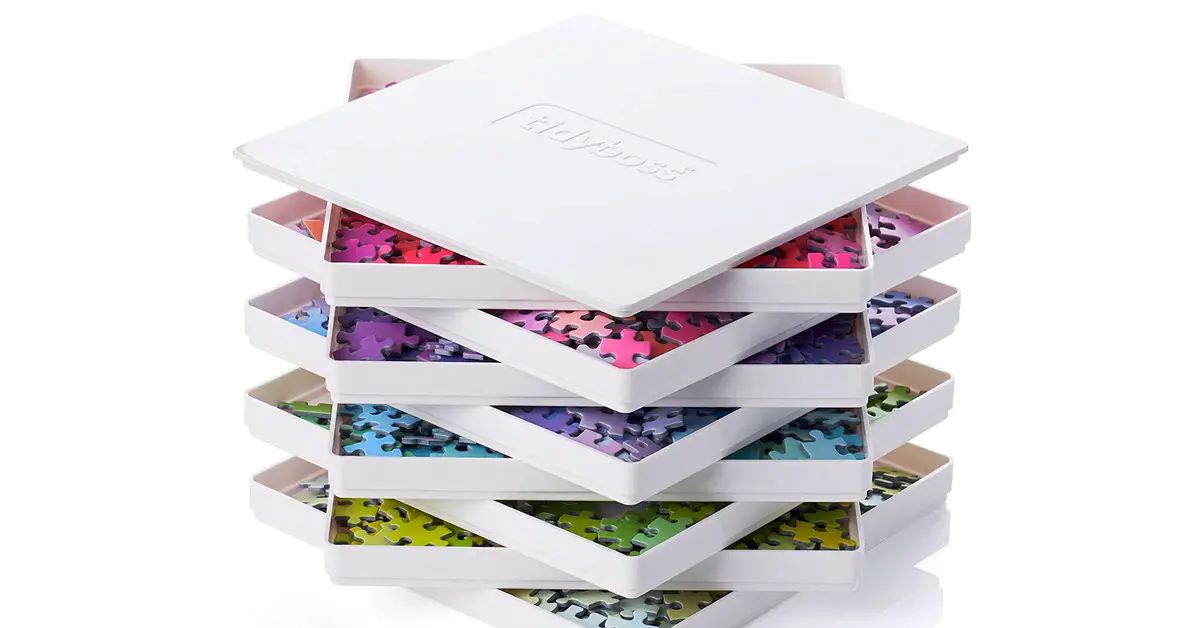

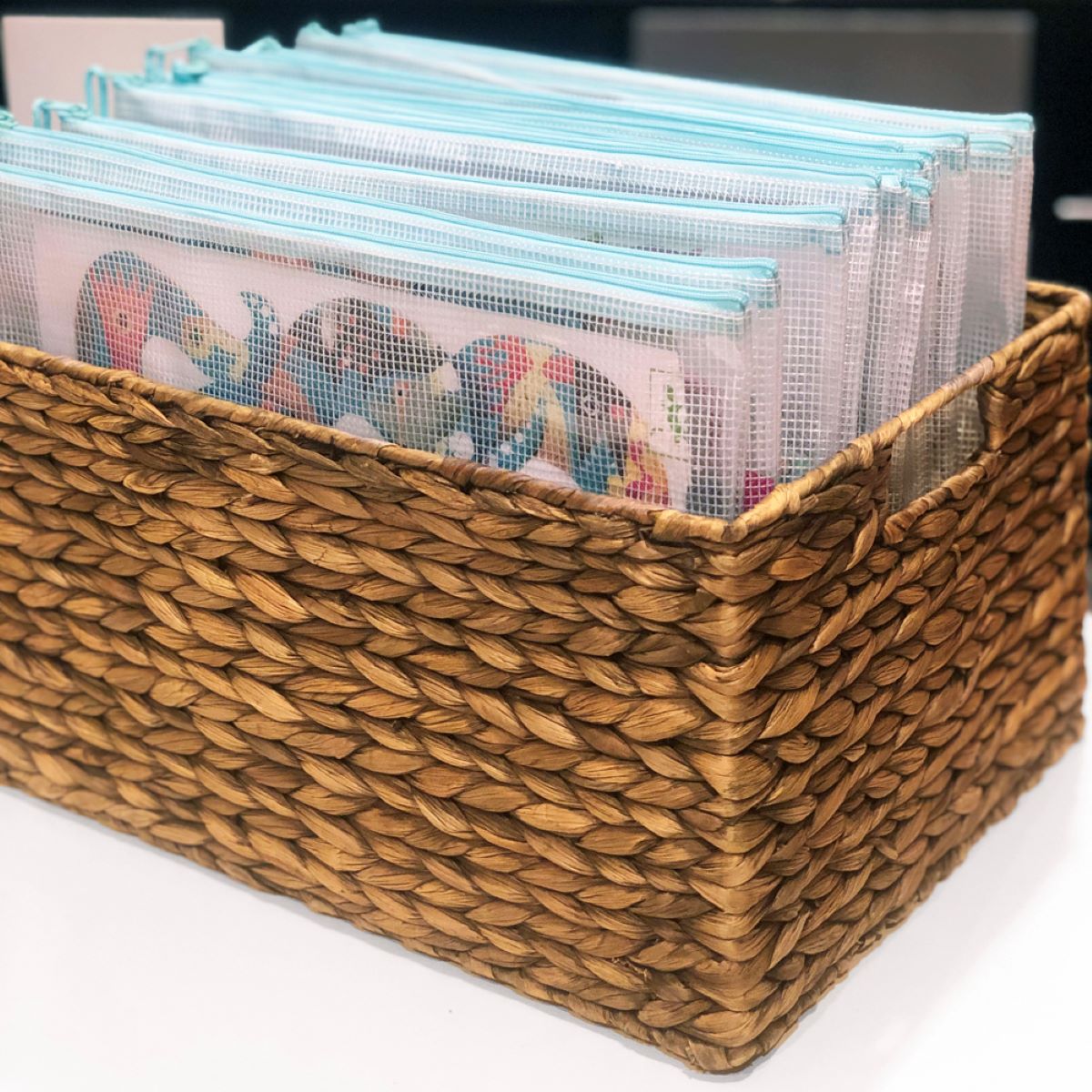

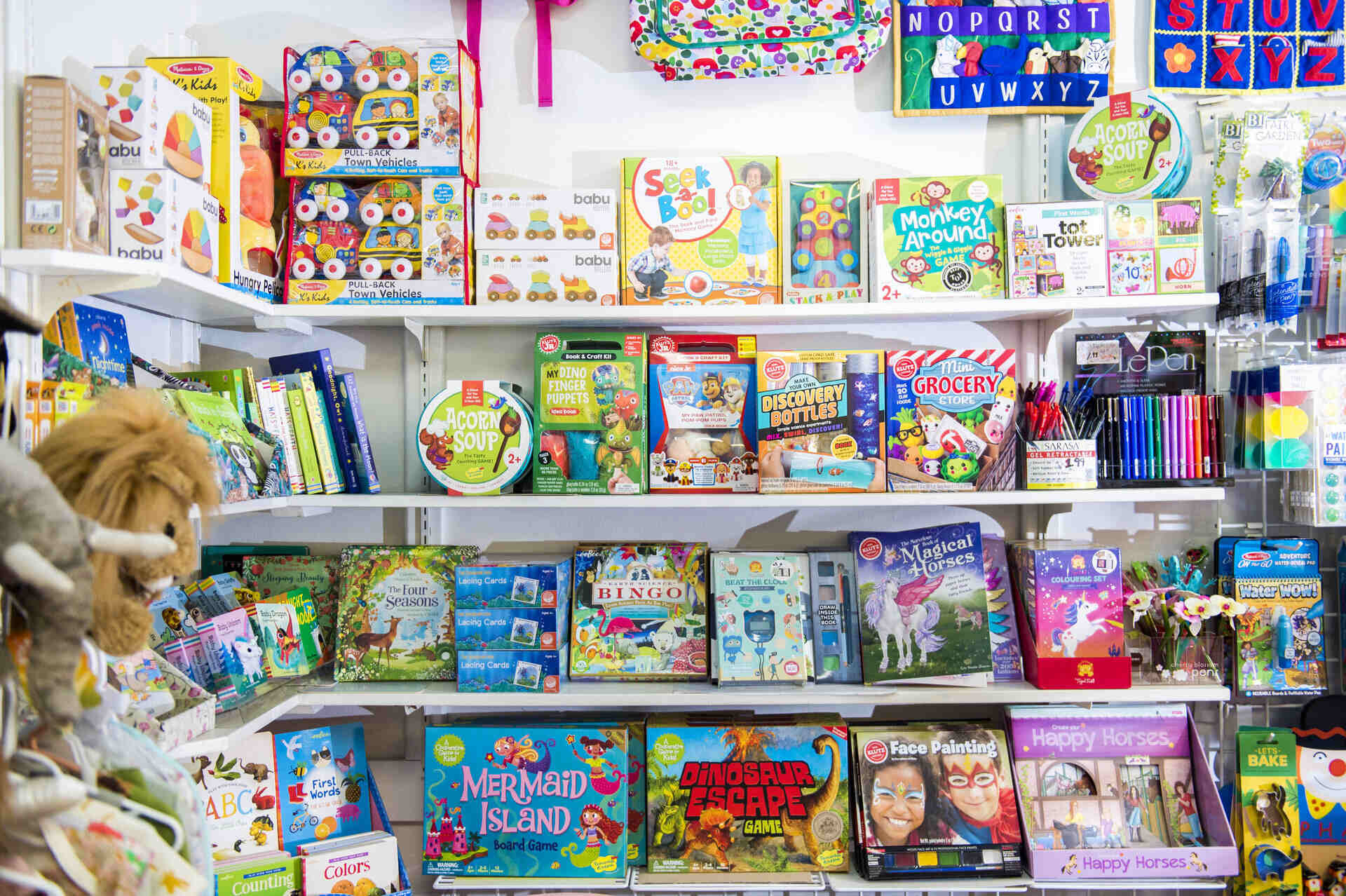
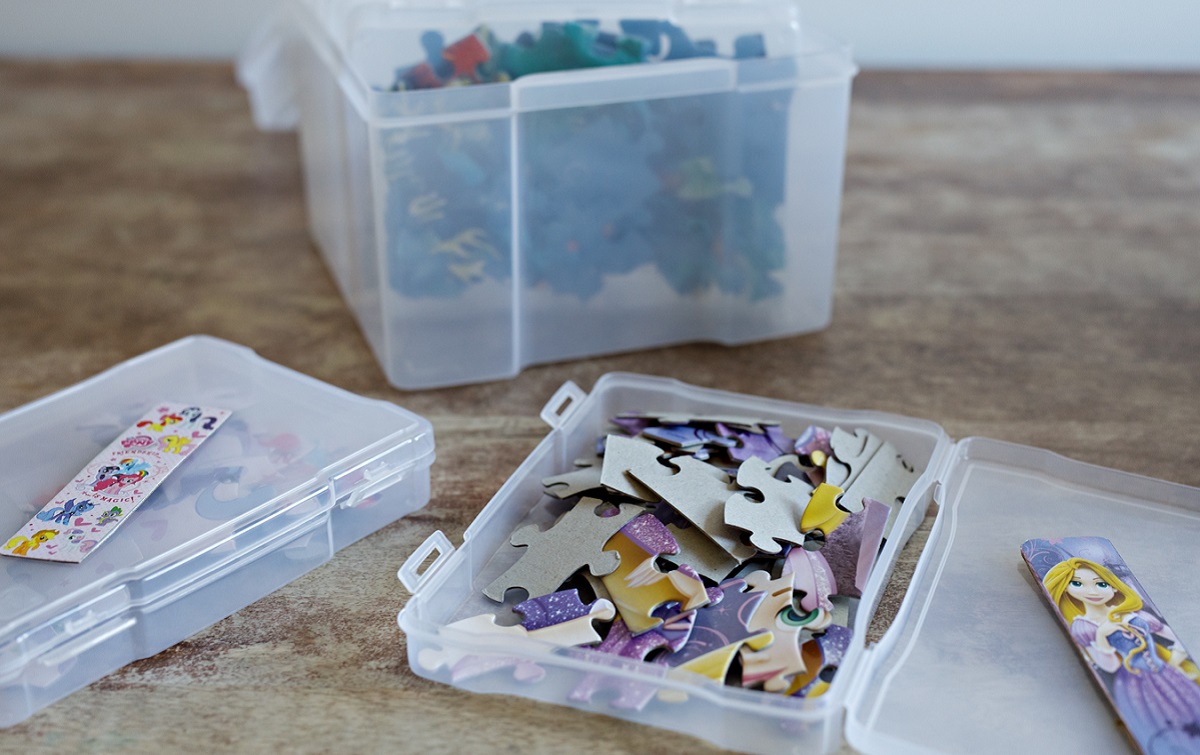
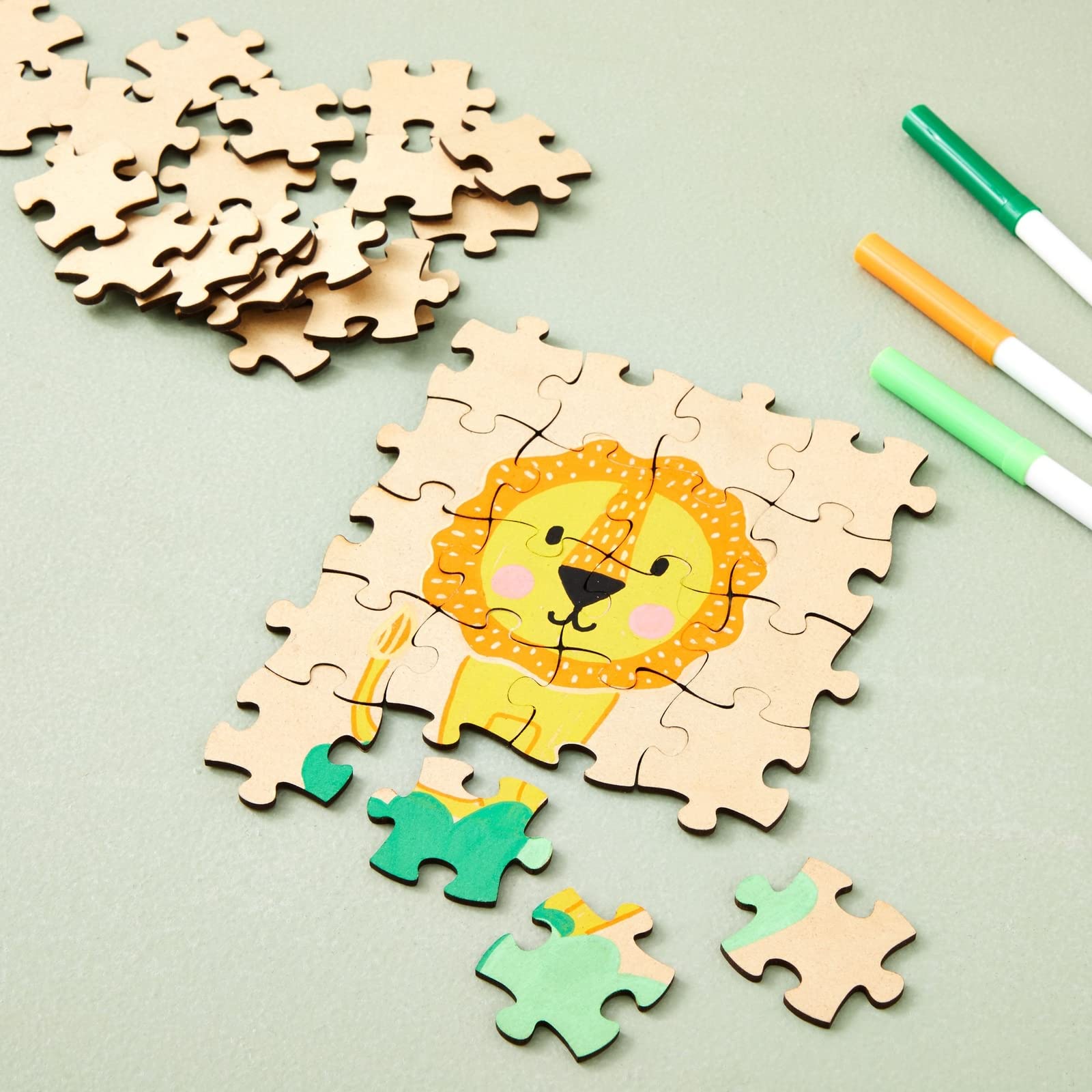

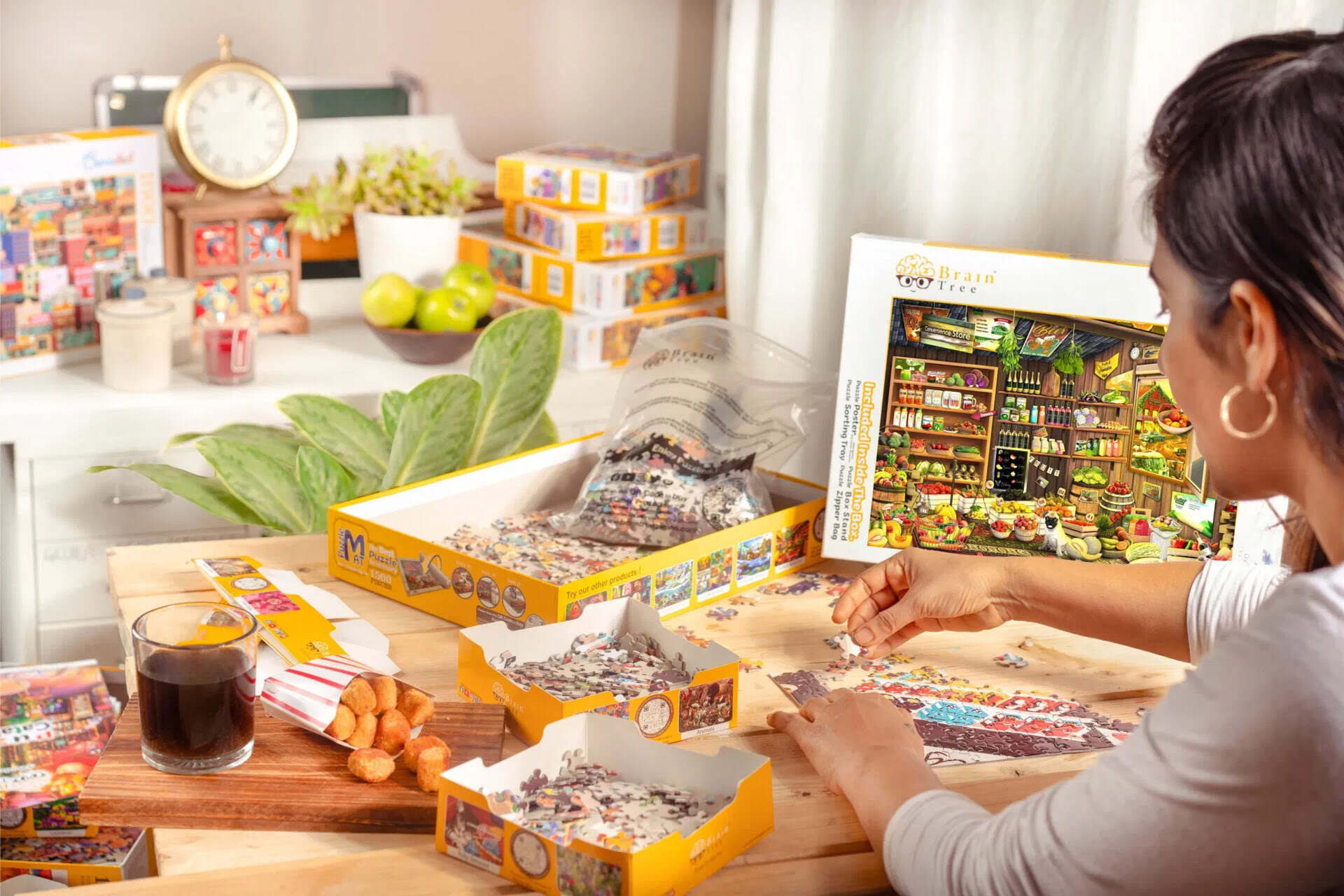
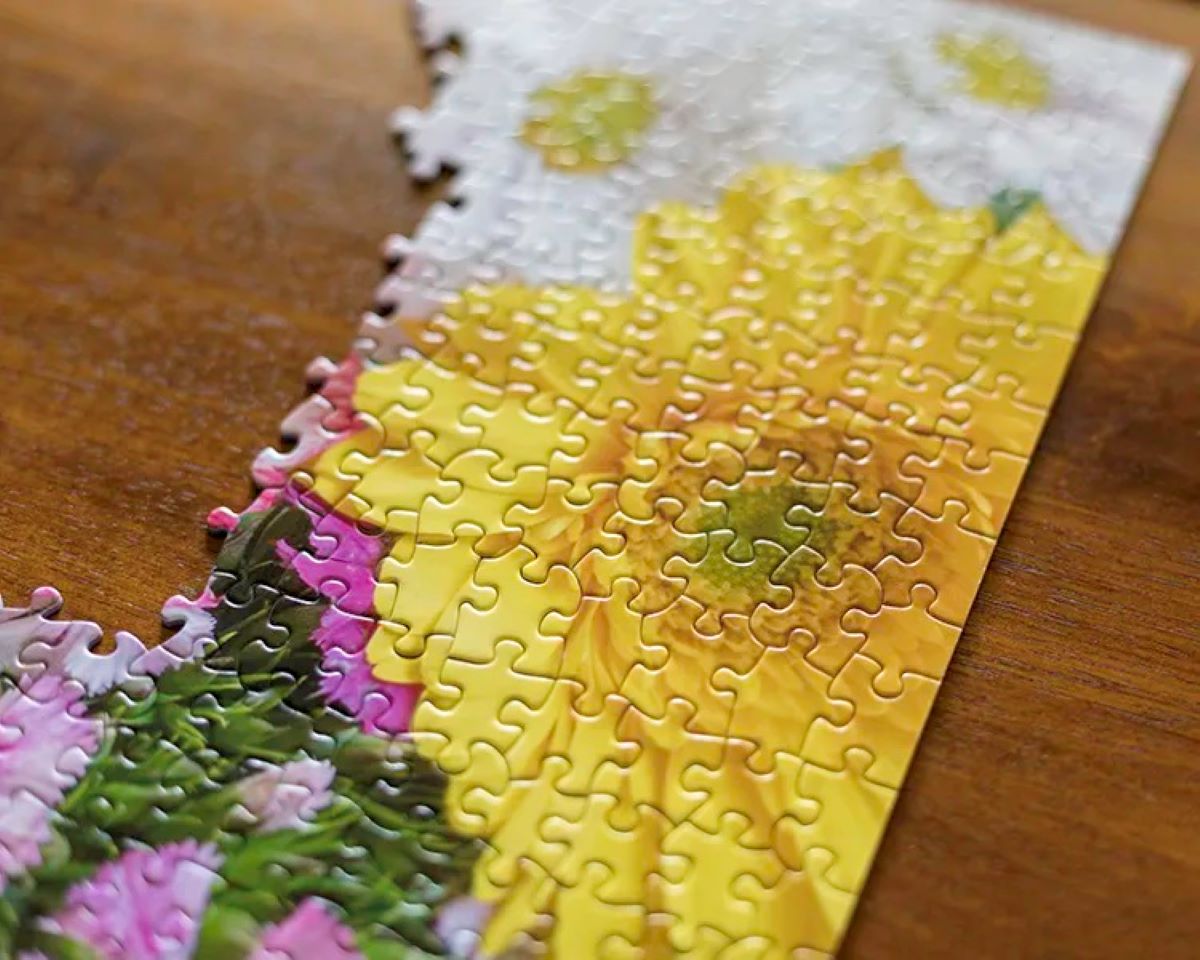
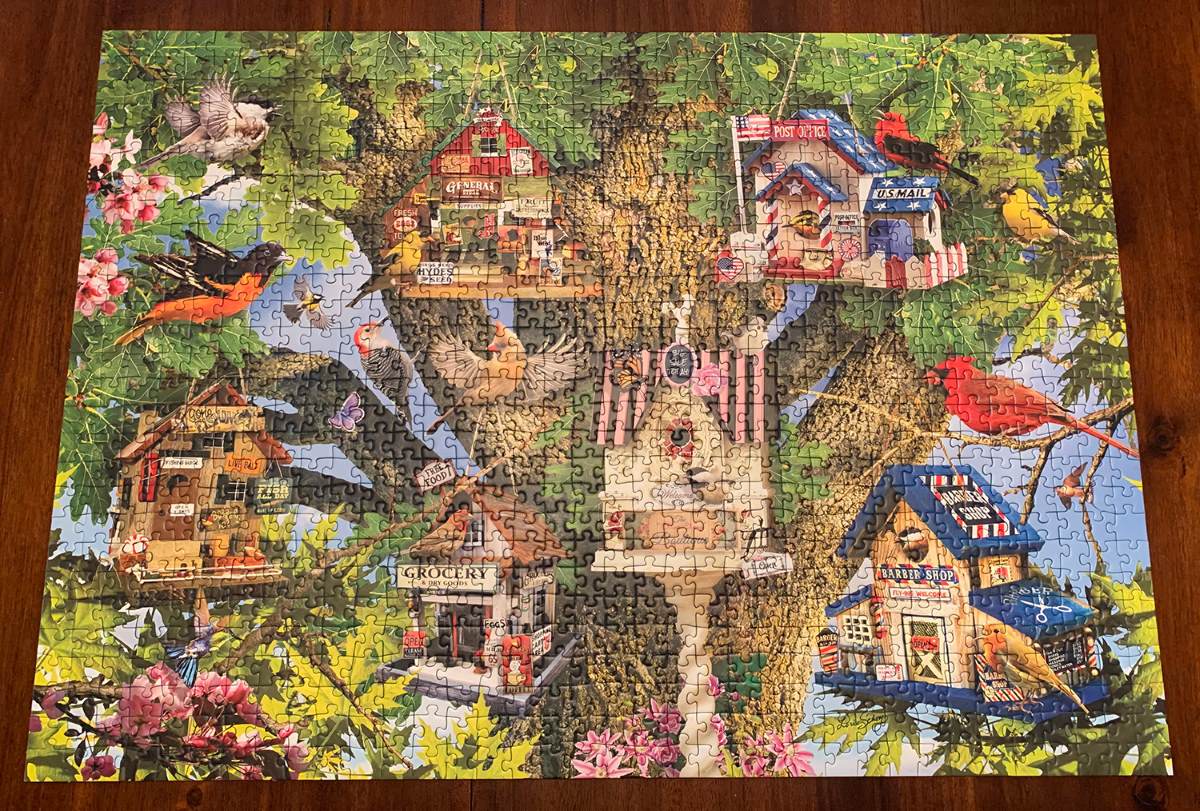
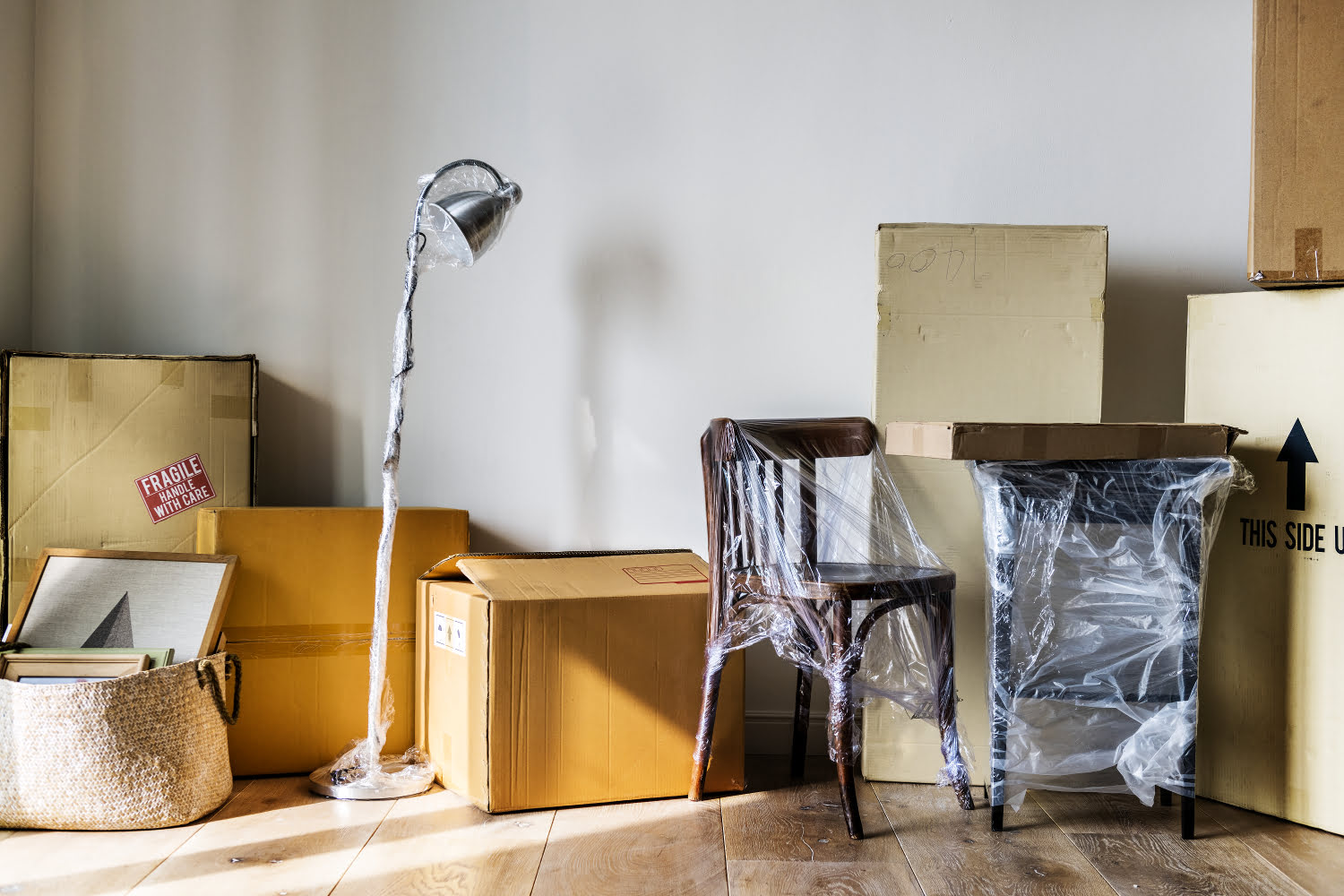


0 thoughts on “How To Store Wooden Puzzles”